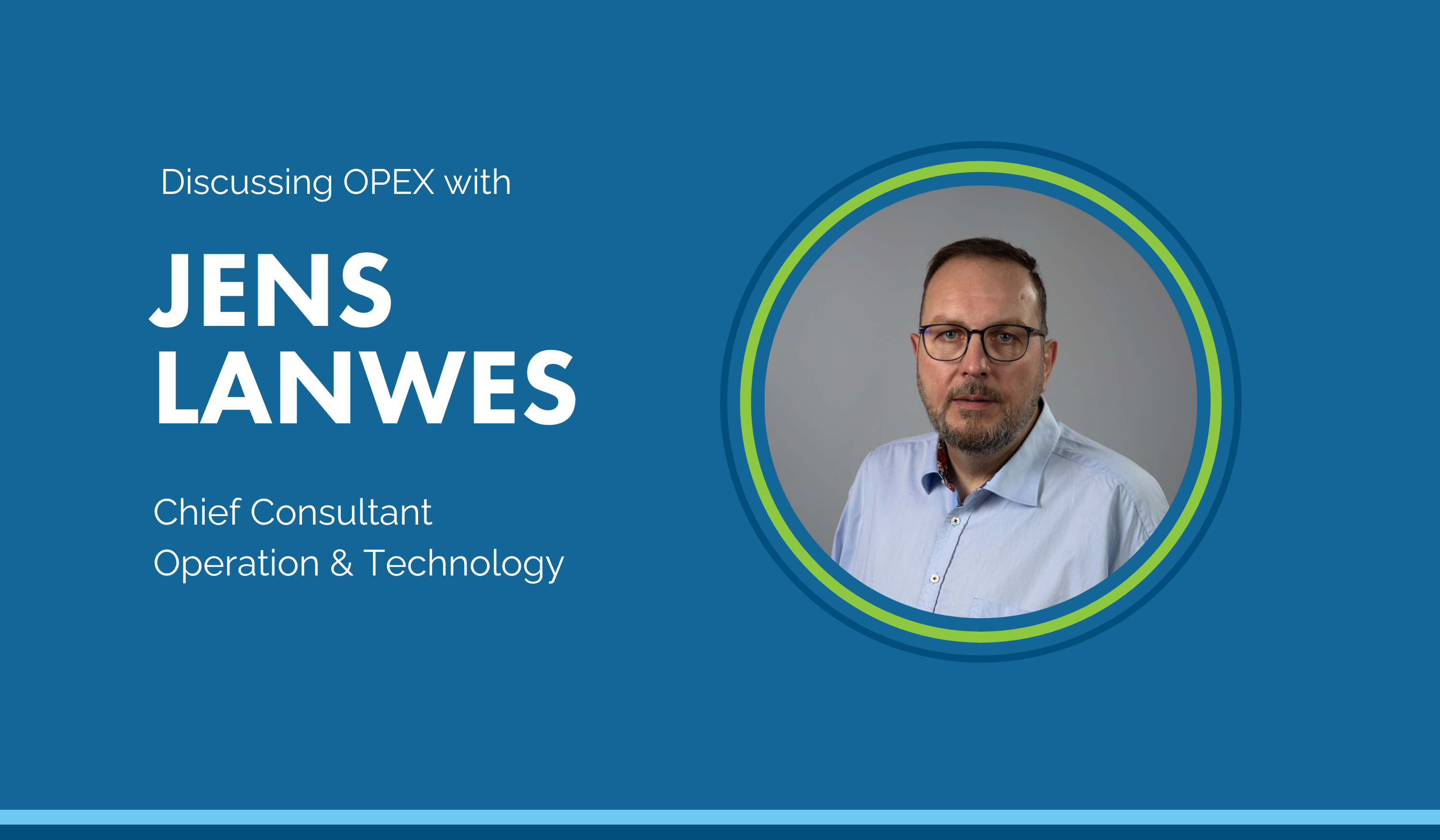
Navigating the Evolving Landscape of Offshore Wind Operational Expenditures
As a trusted advisor with a notable track record within the offshore wind industry, K2 Management holds valuable knowledge of the operational expenditure (OPEX) assumptions of many notable projects across the globe.
This insight sheds light on both the challenges and opportunities present within this dynamic field. However, it is through these years of experience that our teams are able to measure the accuracy of these assumptions which, in our opinion, may not always accurately reflect the long-term realities of maintenance costs and lifecycle management.
In the first instance, OPEX assumptions for offshore wind projects are often based on full maintenance contracts provided by wind turbine generator (WTG) manufacturers (OEM). WTG maintenance is by far the largest OPEX line item, followed by logistics, and these contracts typically cover the first 5 to 15 years. That said, it would be unrealistic to assume that costs will reduce significantly beyond this initial contract period, or even during the lifetime extension phase. The costs associated with an offshore wind project work in similar fashion to cars, houses, and boats - how often do these things become cheaper to maintain as they age?
By drawing parallels to the "bathtub curve" concept, we can estimate a failure rate by plotting failure occurrences over time. We can recognise that costs may stabilise at a lower level for a fixed period, but it is likely that these costs will rise with age. This poses a challenge as long-term maintenance contracts for offshore wind projects typically expire just as maintenance expenses begin to escalate.
The change in this overall cost is further characterised by the fact that smaller components and aggregates are subject to different lifetimes and maintenance cycles, which are considerably shorter than the general WTG lifetime. With increasing age, these maintenance measures culminate more and more frequently, and are accompanied by the increase of defects experienced with main components.
Similarly, by assuming costs will reduce during the lifetime extension phase of a project, the need for upgrades and maintenance measures may be overlooked. This is particularly true for critical components such as bearings, generators, gearboxes, and leading edges. To further complicate matters, the lack of long-term data and experience naturally exacerbates uncertainties in OPEX planning too.
The trend towards larger turbine models further introduces additional complexities, with evolving technology potentially offsetting any anticipated cost savings. Transitioning between turbine generations presents overlapping maintenance needs and challenges with early series errors, while projections for even larger turbines highlight the continuous evolution in technology.
For instance, as the industry has transitioned from +/-6MW to 9-10MW turbines, we've observed a concerning trend of these newer models being affected by defective major components in an unprecedented foreseen level. While there's little doubt that these issues will eventually be resolved, it is important to note that series production of these generations has already been discontinued. This discontinuation has occurred without fully capitalising on the potential efficiency gains in the supply chain and serial production.
Moreover, the current state-of-the-art turbines ranging from 134-15 MW, represent a significant technological leap. However, projections for even larger 18-22 MW turbines in the near future projects suggest a continuous development of turbine technology. Despite a positive move, it's important to note that this evolution doesn't necessarily guarantee a decrease in operating costs. Instead, it introduces complications inherent to new generations of WTGs, as history has repeatedly shown.
In essence, while the industry progresses towards larger and more advanced turbines, it's imperative to remain cognisant of the potential challenges and complexities associated with these advancements. This awareness will be crucial in navigating the future landscape of offshore wind energy efficiently and effectively.
And, in light of these challenges, it's imperative for stakeholders in the offshore wind industry to re-evaluate OPEX assumptions and adopt more realistic and sustainable maintenance strategies. This includes acknowledging the lifecycle cost trajectory of wind turbine components, investing in long-term data collection and analysis.
K2 Management is proud to offer independent, detailed, bottom-up OPEX modelling and development of bankable O&M strategies, aiming to address the challenges faced by offshore wind projects by optimizing the LCoE both for new and existing developments.
Written by Jens Lanwes, Chief Consultant, Operation & Technology. For more information about our services, click here:





